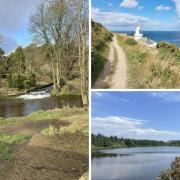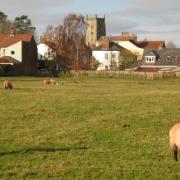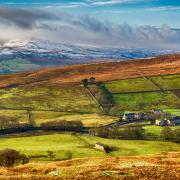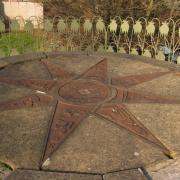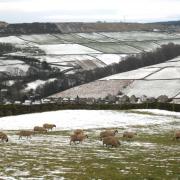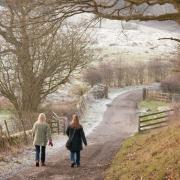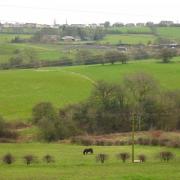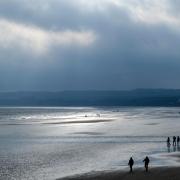Terry Fletcher likes to be beside the seaside on this walk which takes in spectacular views and fascinating history

The Yorkshire coast is a source of endless fascination, full of beauty and steeped in history, folklore and legend. This walk, which follows the cliff edge from the historic port of Whitby to the smugglers’ haunt of Robin Hood’s Bay, is a feast of all of them.
It starts from the quayside of the harbour where Captain Cook, the explorer and navigator who discovered Australia, learned his trade and where several of his ships, including the Endeavour, were built. From there it wanders through streets Cook once walked to reach the 199 Steps which feature in Bram Stoker’s novel Dracula and then passes the cliff top abbey, which played a crucial role in English history. The present ruins are mainly mediaeval but there has been an abbey on the site since the birth of Christianity in Britain.
In 664AD an earlier abbey, ruled by St Hilda, was the setting for the Synod of Whitby which decided that England would follow the Church of Rome rather than the Celtic church and, among other things, settled the formula still used today to calculate the date of Easter. In these secular times that may all seem a little esoteric but in those deeply religious days it was a very serious business indeed.
From the abbey the route follows the Cleveland Way National Trail past towering cliffs and old workings from the now long abandoned alum pits to reach the picturesque village of Robin Hood’s Bay. Once the home of a thriving fishing community, and an equally busy smuggling trade, it now makes its living from visitors who pack the narrow streets and the wide sands with their secretive rock pools. The village also has a special place in the hearts of walkers, marking the eastern end of Alfred Wainwright’s Coast to Coast Walk.
Since it was created in 1973 tens, perhaps hundreds of thousands of weary trekkers have gratefully dipped their toes in the chilly waters of the North Sea after striding more than 190 miles across the Lake District, the Yorkshire Dales and the North York Moors. It adds up to some of the finest landscapes in Britain and actually finishes along part of this walk whose cliff tops can hold their own against anything on the route.
The walk takes advantage of the good bus service between Robin Hood’s Bay and Whitby and could be done in either direction. Navigation is never a problem. I personally prefer to walk north to south but that could be varied to take account of weather conditions on the exposed cliffs. I also prefer to get the bus journey out of the way at the start of the day so that I can enjoy the walk without needing to watch the clock or worry about timetables.
Those who want a longer day could make the walk into a circular 13mile/21km round trip by returning along the trackbed of the former Scarborough to Whitby railway, marked as ‘The Cinder Track’ at the entrance to the village (see route description).
Directions
Little is needed by way of description once Whitby is left. Start by the bus station and walk down towards the sea. Cross the attractive swing bridge which links both sides of the harbour and where the road bears right, a few yards further on, turn left down a cobbled street lined with quirky shops. At the end climb the 199 Steps, which lead to the churchyard of St Mary’s with its tall decorated cross commemorating Caedmon, an Anglo-Saxon poet who lived at the abbey a couple of hundred yards further on. The abbey ruins are now in the care of English Heritage and well worth a visit.
From the ruins turn left, following signs for the Cleveland Way. As you pass the last of the houses the route ahead is clear, following the switchback of the cliff edge over a series of undulating headlands. The view behind reveals the twin arms of the harbour stretching out to sea while below the black cliffs, scaws and pinnacles of Saltwick Bay are revealed. Pass through a less-than-picturesque caravan site above a stumpy sea stack.
After a couple of miles the path passes between a fog horn station and a lighthouse. Beyond these the Cleveland Way continues, dropping into a series of shallow gullies. As it nears Robin Hood’s Bay the path crosses the Rocket Post Field where lifeboat crews practised firing lifelines to ships stranded on the inshore rocks.
When it reaches Robin Hood’s Bay, the track is funnelled between houses and the cliff edge. If you are planning to do the circular walk, look out for signs to the Cinder Track on the right. Otherwise press on along the road to the car park.
Compass points
Start: Whitby
Finish: Robin Hood’s Bay
Distance: 7 miles/12 km
Time: 3 hours
Map: OS OL27 North York Moors Eastern Area
Refreshments: Pubs and cafes galore in Robin Hood’s Bay




